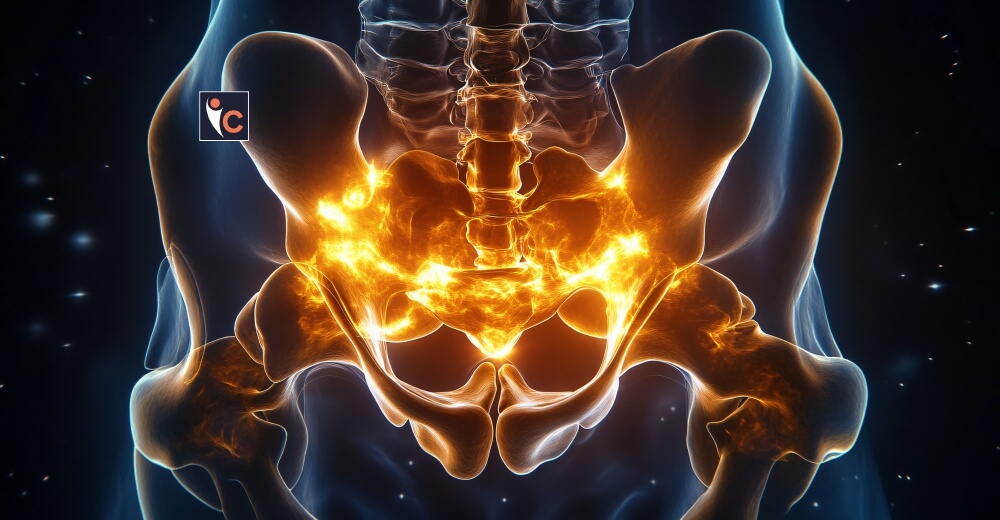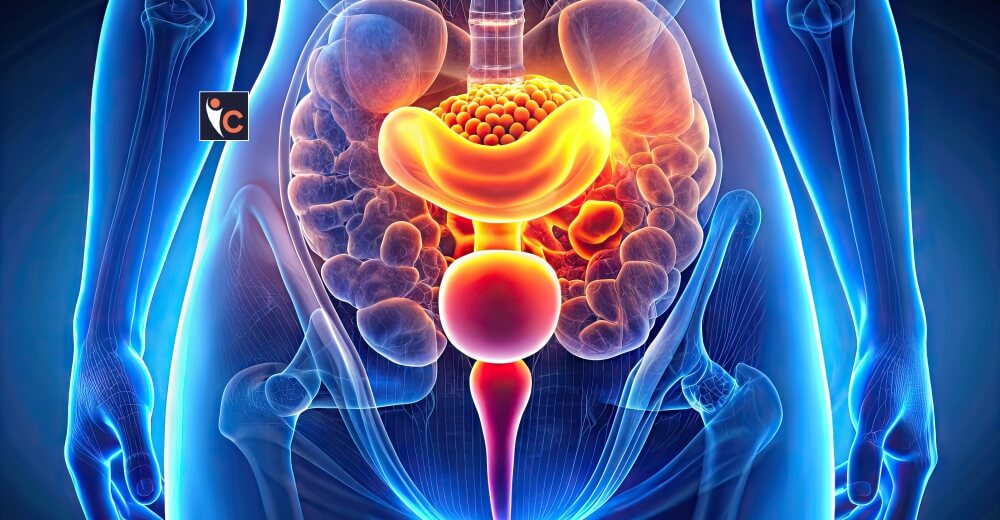Pelvic Organ Prolapse
Pelvic Organ Prolapse (POP) is a condition diagnosed in hundreds of thousands of women worldwide, yet the embarrassment and stigma associated with it continue to leave this patient population shrouded in misconception and silence. As we shed layers of misinformation, we look forward to empowering women with knowledge that may mobilize women to seek appropriate care and better manage symptoms.
What is Pelvic Organ Prolapse?
Pelvic organ prolapse refers to the condition in which certain pelvic organs such as the bladder, uterus, or rectum drop into the vaginal canal. It occurs due to the weakness of the pelvic floor muscles and connective tissues. From overt urinary incontinence to a feeling of heaviness within the pelvic area even during foreplay, the symptoms can vary.
Contributing factors to POP are:
- Childbirth
- Aging
- Obesity
- Straining during bowel movement that recurs
- Family history
Busting Popular Myths
Myth 1: Prolapse is Always Apparent
Fact: Some prolapses are glaringly obvious, while some women are actually victimized by mild cases that do not manifest until the end of the day or after exercise. Do not be fooled by lack of visibility; attention to slight symptoms is very important.
Myth 2: Surgery is the Only Cure
Fact: Most commonly, non-invasive treatments can be so very helpful in making symptoms more manageable. They might include:
Pelvic floor exercises
Lifestyle modifications
Supportive devices, known as pessaries
In general, a treatment plan that is customized and developed jointly with a healthcare provider is typically the best course of treatment.
Myth #3: POP Only Affects Older Women
Fact: While age certainly plays a role, POP can occur in any woman, regardless of age. Younger women, especially those who have had childbirth, can also develop prolapse. Genetics and type of delivery play a significant role in this regard.
Myth 4: With Prolapse, Exercises Are Off Limits
Fact: Women with POP may well maintain an active life, even jog and weightlift. It’s all about proper technique and appropriate modification. Specific strength exercises on the other hand may improve the support of pelvic organs and the general health of the pelvic floor.
Myth 5: Kegel Exercises are the Solution
Fact: Kegel exercises do have benefits in improving pelvic floor muscles, but no patient can be told that it is a cure-all. A treatment plan for POP includes:
– Physical therapy
– Lifestyle changes
– Devices for support
– Surgical procedure in certain cases
Awareness of Symptoms and Choosing Management Strategy
POP symptoms may begin gradually or appear overnight due to external physical stress. Most common signs are:
- Urinary Incontinence
- Heaviness in the pelvic area
- Coital dyspareunia, or painful sexual intercourse
- Incomplete bladder emptying
Note: The symptoms can vary in severity and may be worse throughout the day or with more time spent standing.
Break the Silence to Seek Help
It is an extremely common condition, but women report embarrassment and confusion about POP; this leads many women only to present when their symptoms are at a most severe stage. Importantly, it should be recognized that you are not alone; research has shown that approximately one in three women will experience some form of prolapse in their lifetime.
Open communication with healthcare providers is the key to good management. Reporting symptoms early in their pregnancy helps women get the right care that will arrest further complications of this condition. Health-care providers offer:
- Correct diagnosis
- Customized treatment plans
- Supportive care and resources
In addition, support groups and online forums may also be very helpful in finding peer support and practical ideas for coping with POP.
Adopting an Integrated Approach to Pelvic Health
It goes beyond the basic relief of symptomatic aggravations. A comprehensive approach includes:
- Mental health: Assuming any anxiety or depression towards the condition
- Sexual function: Finding ways to ensure intimacy and pleasure
- General fitness: Adding pelvic-friendly exercises to a daily routine
- Nutritional support: Following an appropriate diet to support tissue health and maintain a normal weight
A holistic approach adopted by women can lead not only to symptom management but also improvement in their quality of life.
Empowerment through Education
Pelvic organ prolapse may be common but it is not the reason for shame or silent suffering. Through myths dispelled and straightforward, factual information we hope to inspire more women to step forward and take action to improve their health.
POP is important to quality of life; it opens channels for discussions that concern women’s health issues. As we continue with the ongoing breaking of barriers and sensitization, we approach a future wherein every woman would be empowered to discuss her pelvic health, not in trepidation, but with dignity.
Read More: Click Here










